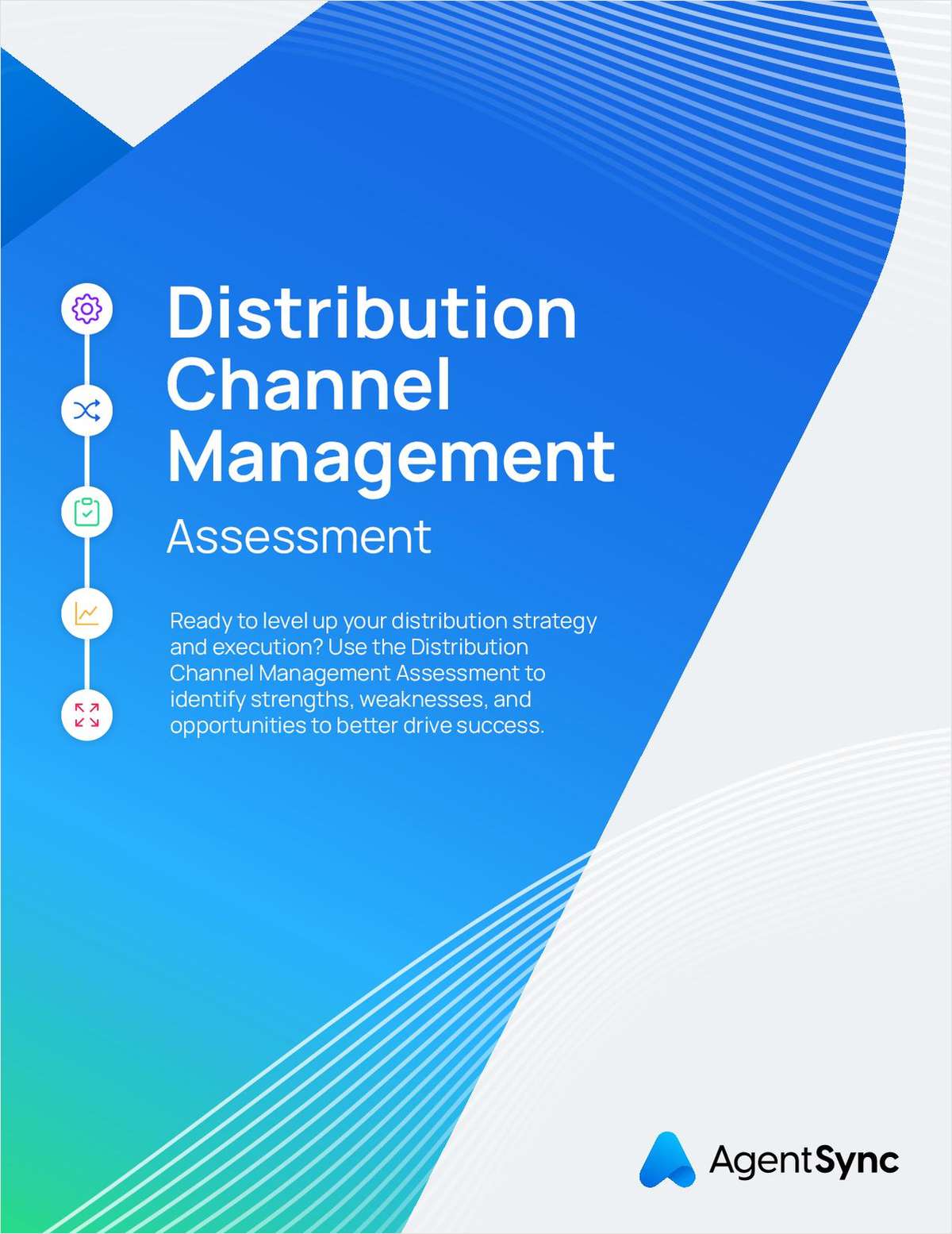With the warm-weather months upon us, many government entities are hiring seasonal staff for their parks-and-recreation programs. But in the current austere economic climate, there is valid concern that reduced budgets will hamper the ability to fund the appropriate risk-control tactics and policies around hiring and screening.
 And just one instance of sexual abuse or molestation can generate great economic costs to a government entity—plus the intangible damages of bad press and community outrage.
And just one instance of sexual abuse or molestation can generate great economic costs to a government entity—plus the intangible damages of bad press and community outrage.
In fact, claims of negligent hiring are increasingly being used effectively in cases involving abuse and molestation. Failure to incorporate effective hiring and screening procedures by a government entity can rise to the level of “deliberate indifference” in protecting citizens defined as members of vulnerable populations.
Given the potential disastrous fallout of not enforcing risk-control measures and uniform hiring standards, government entities would be hugely foolish to ignore the issue.
It is critical that all employees' backgrounds are cleared before they begin working with the community. This is especially true given the vulnerable populations they serve, such as children, the elderly and the disabled.
CONSISTENCY IS KEY
Throughout the employment process, entities must ensure a uniform hiring and screening process. This means new and returning temporary employees, including volunteers, need to undergo the same process as part-time or full-time permanent employees.
Even college students or school teachers on summer break—working as lifeguards at community pools or in recreation departments—should not be excluded from background screenings.
These screenings should be conducted by a reputable vendor that thoroughly reviews a variety of databases. Entities should also take advantage of law-enforcement agencies, which may be able to provide additional screening resources for little to no cost.
Such checks should be conducted annually for employees and volunteers working with vulnerable populations or any instance where there is a break in service to an organization.
While background checks are vital, they will only uncover convictions and criminal records and should not be the only control in place. Government entities also should execute other risk-control tactics to ensure the safety of serviced populations and the community as a whole.
TIPS TO AVOID TROUBLE
Other steps that can be taken to screen employees before hiring—and to reduce the chances for incidents after they're on the payroll—include:
Check social-media outlets: Review Facebook, MySpace and other such sites for profiles posted by employment and volunteer applicants as part of your routine hiring and screening program.
Much can be learned from this public domain of self-reported activities, attitudes and behaviors. Individuals who post questionable, inappropriate content on social-media sites may be considered poor candidates for service.
Before doing so, however, it is essential that entities work with their legal team to develop sound social-media and Internet policies.
Implement a “three-person” rule: Minimize or eliminate situations where an employee or volunteer has isolated, one-on-one contact with children or other vulnerable populations.
Develop “standards of conduct” policies: These should outline expected behaviors of employees and volunteers. Clearly communicate policies that limit contact between staff and community members.
Consider rotation of job duties and responsibilities: Rotating or changing job duties can help inhibit the development of close relationships between staff and community members.
Train staff to recognize suspicious behavior: Regular staff as well as seasonal employees and volunteers should be given instruction on suspicious-behavior recognition. They also need to understand the organization's policy about reporting suspicious conduct to law-enforcement agencies.
Eliminate hidden, private or secluded areas: Working to eliminate these potentially dangerous areas will reduce the opportunities for staff to be alone with members of vulnerable populations.
Schedule “face time” with employees working with vulnerable populations: Supervisors should be required to include face-to-face time on a routine basis with employees, volunteers and members of the vulnerable populations they serve. This is to detect any concerns and to closely monitor staff and volunteer performance.
By taking the time to tune up hiring and screening processes, you can help save your community from potentially dangerous and devastating situations in the future.
Want to continue reading?
Become a Free PropertyCasualty360 Digital Reader
Your access to unlimited PropertyCasualty360 content isn’t changing.
Once you are an ALM digital member, you’ll receive:
- Breaking insurance news and analysis, on-site and via our newsletters and custom alerts
- Weekly Insurance Speak podcast featuring exclusive interviews with industry leaders
- Educational webcasts, white papers, and ebooks from industry thought leaders
- Critical converage of the employee benefits and financial advisory markets on our other ALM sites, BenefitsPRO and ThinkAdvisor
Already have an account? Sign In Now
© 2025 ALM Global, LLC, All Rights Reserved. Request academic re-use from www.copyright.com. All other uses, submit a request to [email protected]. For more information visit Asset & Logo Licensing.








